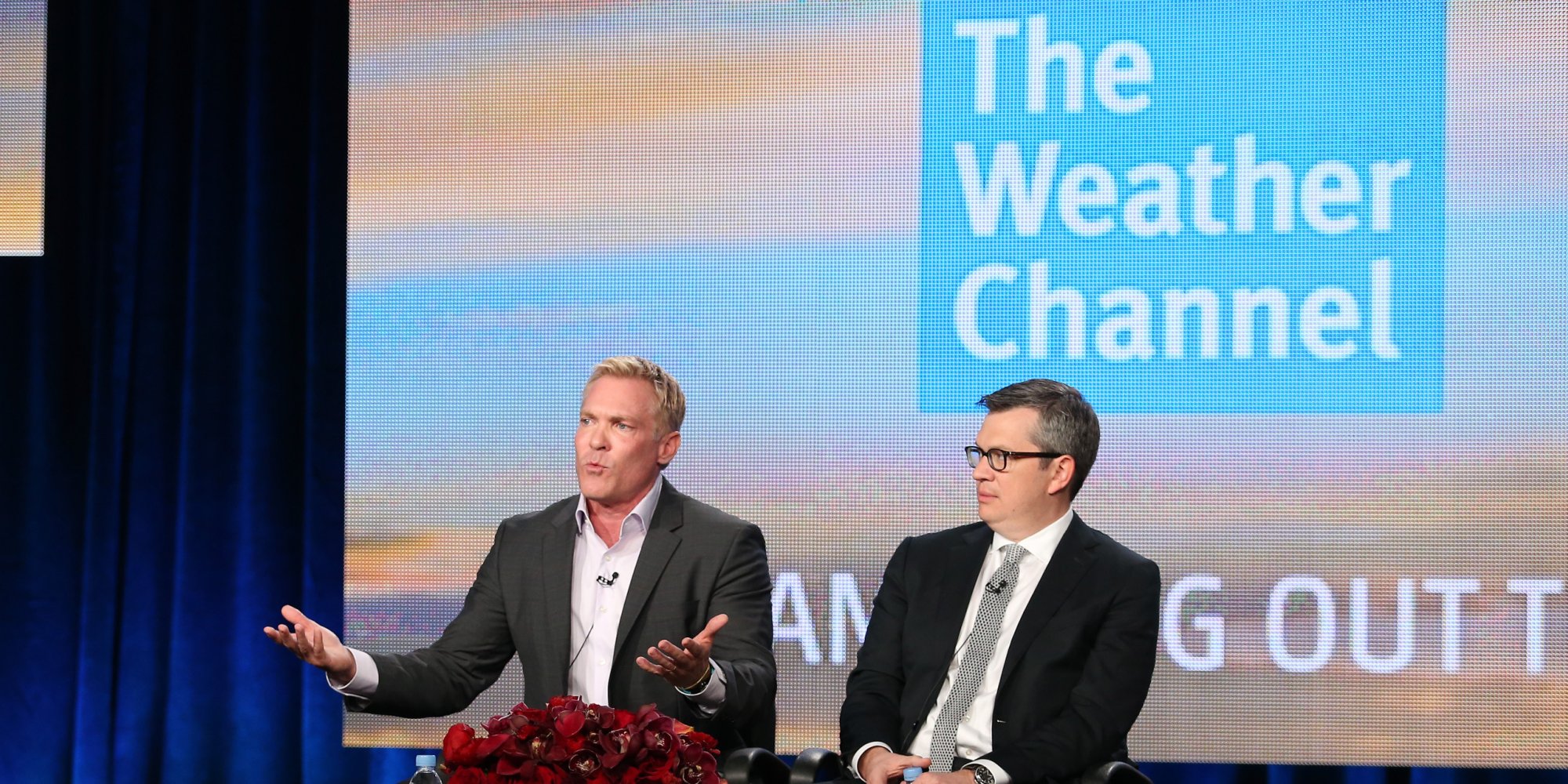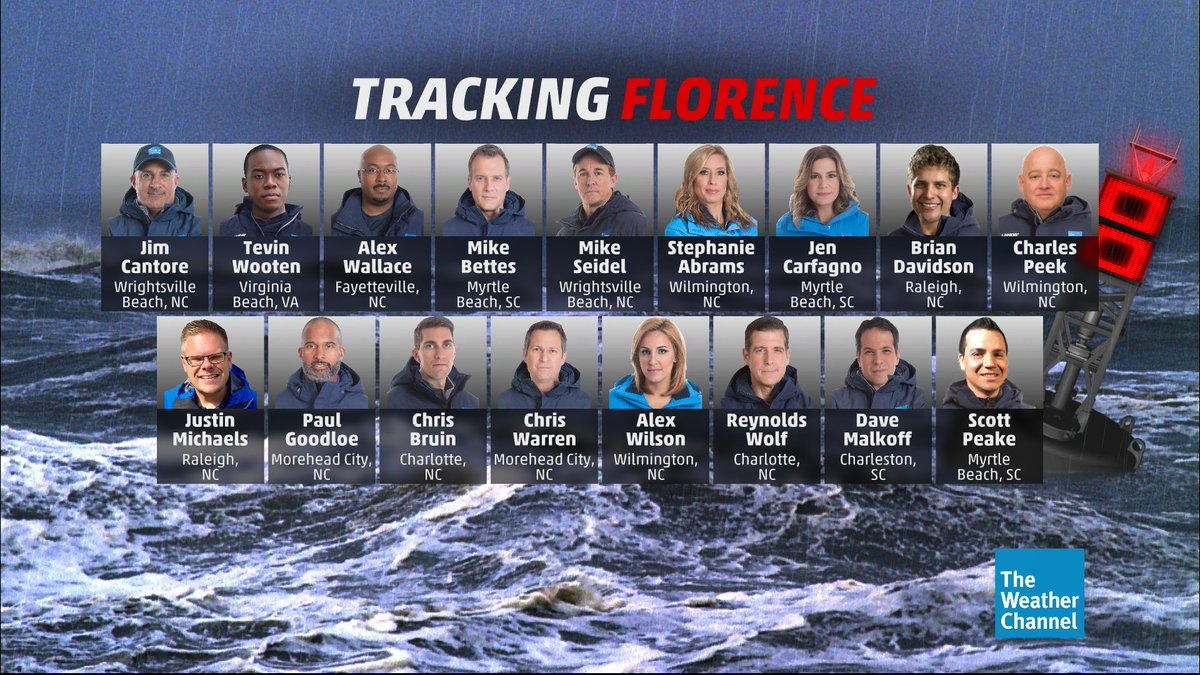Weather Channel Layoffs & Changes: What You Need To Know
Is the familiar face of your local meteorologist about to disappear from your television screen? The shifting landscape of weather forecasting, driven by corporate decisions and technological advancements, is reshaping the industry, leaving many seasoned professionals out in the cold.
On May 1st, according to multiple published reports, The Weather Channel, a mainstay in American households, laid off meteorologist Mike Seidel. This move, symptomatic of broader changes, sent ripples of concern throughout the meteorological community and beyond. Seidel, a fixture at the channel since 1992, had become synonymous with severe weather coverage, guiding viewers through snowstorms, tornadoes, and other perilous events.
The downsizing at The Weather Channel, however, extended beyond a single individual. It was part of a larger restructuring, a "downsizing move" as described by the network itself. This organizational shift, driven by the economics of the media landscape, saw the departure of several staff members. This reduction in workforce, confirmed by reports, signaled a turning point for the network.
Adding to the shifting dynamics, Jacqui Jeras, a well-regarded broadcast meteorologist and a familiar presence on The Weather Channel, recently announced her transition to Fox Weather. This shift, indicative of the fluid nature of the industry, saw a veteran meteorologist move from one established platform to another.
The impact of these changes extends far beyond the walls of The Weather Channel's studios. Allen Media Group, the parent company of The Weather Channel, Local Now, and other media properties, initiated layoffs affecting an estimated 12% of its workforce, translating to roughly 300 employees. This strategic move, according to The New York Post, directly impacted the 27 local ABC, CBS, FOX, and NBC television stations in 21 markets owned by Allen Media Group.
The trend of centralized weather forecasting, or "hubbing," is taking hold, with meteorologists at over two dozen stations across the United States finding themselves out of work. Weather Channel feeds, generated from a national hub, are replacing local broadcasts, signaling a transition towards a streamlined, potentially cost-effective approach.
Mike Seidel's departure from The Weather Channel mirrors the larger pattern. His exit, coupled with the reduction of over a dozen others, highlights the impact of the downsizing within both the cable network and its parent company, Allen Media Group.
The ramifications of this shift are reaching across the country as the parent company of several local television news channels is planning to launch a new format for weather coverage. As a result, numerous meteorologists are facing potential layoffs, uncertain about their professional futures.
According to Nielsen data from August, The Weather Channel reaches 89.3 million satellite and cable subscribers. This represents a 10.6% decrease compared to the same month in 2013, highlighting the challenges faced by the network in a competitive media landscape.
The Allen Media Group's new strategic approach with The Weather Channel is endangering the positions of many local meteorologists nationwide, which has sparked a petition on Change.org highlighting the concerns of those affected.
These changes are the latest in a series of adjustments. They include staff cuts and the launch of regional newscast segments in some markets last month. The changes within the weather coverage also received national attention from prominent media outlets like NPR and CNN.
Weather forecasting has long been a crucial element of local television news viewership. It continues to be a significant driver of audience engagement. Stations of all ownership groups have invested heavily in delivering reliable weather information, underscoring its importance to local communities.
The hubbing trend is significantly impacting a major local station in Alabama, along with 20 other stations across the nation, as weather forecasts move to be generated from the Weather Channel's Atlanta hub.
Allen Media Group, owning The Weather Channel, WAAY, and 38 television stations nationally, has established a considerable media footprint. The company's strategic choices are reshaping the broadcast landscape, directly affecting local news operations and personnel.
The Weather Channel was founded by John Coleman, a former ABC chief meteorologist, and Frank Batten, president of Landmark Media Enterprises, the channels first owner. Officially launched on May 2, 1982, the channel initially offered local and regional weather updates.
Mark Zinni joined Eyewitness News in October 2014 and will celebrate his 10th year at channel 3 in 2024. He currently anchors Eyewitness News at 5, 6 and 11 pm with channel 3s Erin.
The Weather Channel's ongoing evolution includes staff reductions, such as the layoff of key staffers in October. The company has consistently described these reductions as "a continuation of the reduction in".
Soon, the Cedar Valley will be receiving its weather forecasts from meteorologists based in Atlanta at The Weather Channel. This shift, announced on KWWLs Facebook page, presents both a transition in forecasting delivery and a change in employment for some.
At Gray, journalists report, write, edit, and produce news content for the communities it serves. The focus on delivering relevant and accurate news, mirrors the challenges faced across the changing media landscape.
Allen Media Group is best recognized as the owners of The Weather Channel. They also possess multiple local TV stations, reflecting their extensive media portfolio.
According to a report from Kaukauna Community News, Allen Medias stations, WXOW in La Crosse, WAOW in Wausau, and WQOW in Eau Claire have also undergone staff reductions. This emphasizes the widespread impact of the company's strategic decisions.
The company initially planned to dismiss all local weather staff and replace them with weather coverage from The Weather Channel, illustrating the broader trend toward centralization.
Meteorologists working at 27 local TV news stations are facing uncertainty about their employment after Allen Media Group unveiled its new local weather initiative with The Weather Channel.
Byron Allen, the CEO of Allen Media Group, is reportedly cutting staff for the first time in 31 years, which is a significant development in the company's history.
| Category | Details |
|---|---|
| Name | Mike Seidel |
| Profession | Meteorologist |
| Former Employer | The Weather Channel |
| Tenure at The Weather Channel | Since 1992 |
| Key Areas of Coverage | Severe weather, including snowstorms and tornadoes |
| Layoff Date | May 1st |
| Reason for Layoff | Downsizing at The Weather Channel |
| Impact on Meteorological Community | Significant, reflecting industry changes |
| Known For | Coverage of significant weather events, recognized face of The Weather Channel |
| Reference | Wikipedia |
Despite the challenges, The Weather Channel continues to evolve, providing an essential service to the public. It has been entertaining and informative, and continues to shape public understanding of meteorological events.
The impact of centralizing weather services on local weather coverage remains uncertain. Many local meteorologists across the nation are affected by a new local weather initiative with The Weather Channel.
The changes would be the latest in a series that included job cuts and the launch of regional newscast segments in some markets last month. The weather plan received national attention from NPR, CNN, and other outlets.
Here are also the best weather channel TV shows and a list of famous meteorologists.


